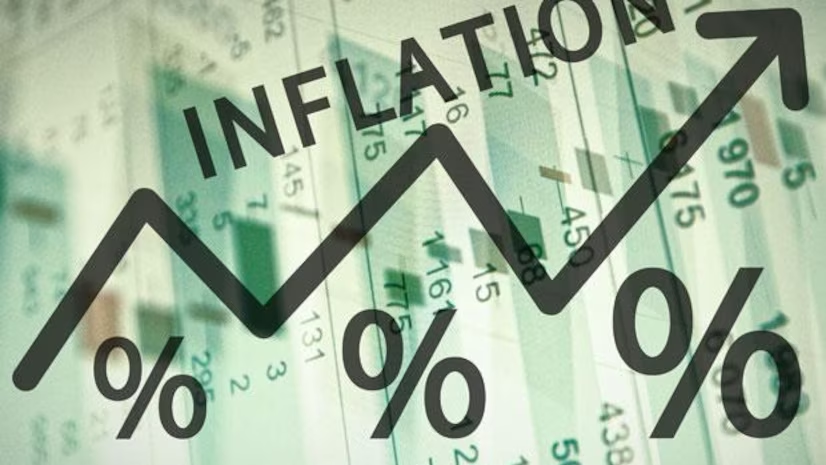In recent months, the global economy has been grappling with a significant challenge: surging inflation rates. This phenomenon, characterized by a sustained increase in the general price level of goods and services, has raised concerns among policymakers, economists, and consumers alike. Understanding the underlying causes and implications of this inflationary surge is crucial in navigating its potential impact on various sectors of the economy.
One of the primary drivers behind the current inflation surge is the unprecedented disruptions to supply chains worldwide. The COVID-19 pandemic, which initially led to widespread lockdowns and production shutdowns, has triggered a domino effect across industries. As businesses strive to resume operations and meet pent-up consumer demand, they encounter numerous bottlenecks and shortages, ranging from raw materials and components to labor and transportation. These supply chain disruptions have resulted in increased production costs, which are ultimately passed on to consumers in the form of higher prices.
Additionally, expansive fiscal and monetary policies implemented by governments and central banks to counteract the economic fallout of the pandemic have contributed to inflationary pressures. Stimulus measures such as direct cash payments, enhanced unemployment benefits, and business support programs have injected large sums of money into the economy, fueling demand for goods and services. Meanwhile, central banks have maintained accommodative monetary policies, including historically low interest rates and ongoing asset purchase programs, to stimulate borrowing and investment. While these measures have succeeded in buoying economic activity, they have also raised concerns about their long-term inflationary effects.
Furthermore, the recent surge in commodity prices, particularly in energy and raw materials, has added to inflationary pressures. Supply constraints, geopolitical tensions, and speculative trading have driven up prices for essential commodities such as oil, copper, and agricultural products. These price increases ripple through the economy, impacting production costs and consumer spending patterns.
The consequences of surging inflation are multifaceted and extend across various sectors of the economy. Consumers feel the pinch as the purchasing power of their wages diminishes, leading to reduced discretionary spending and potential changes in consumption patterns. Essential goods such as food, housing, and healthcare become more expensive, disproportionately affecting low-income households. Moreover, inflation erodes the value of savings and fixed-income investments, posing challenges for retirees and individuals on fixed incomes.
Businesses face their own set of challenges in navigating the inflationary environment. Rising input costs squeeze profit margins, forcing companies to weigh the options of absorbing higher costs or passing them on to consumers through price increases. Small and medium-sized enterprises, in particular, may struggle to adapt to rapidly changing market conditions, potentially leading to layoffs, closures, or restructuring efforts.
Central banks and policymakers are closely monitoring the inflationary developments and considering appropriate responses to maintain price stability and support economic growth. While some advocate for tighter monetary policies to rein in inflationary pressures, others emphasize the need for continued fiscal support and investment in infrastructure to address underlying supply constraints and promote long-term economic resilience.
In conclusion, the global economy finds itself at a critical juncture as inflation surges to levels not seen in years. The convergence of supply chain disruptions, expansionary fiscal and monetary policies, and commodity price increases has created a complex and challenging environment for businesses, consumers, and policymakers alike. Navigating these inflationary pressures requires a comprehensive understanding of the underlying drivers and a coordinated response to mitigate their adverse effects while fostering sustainable economic growth.
